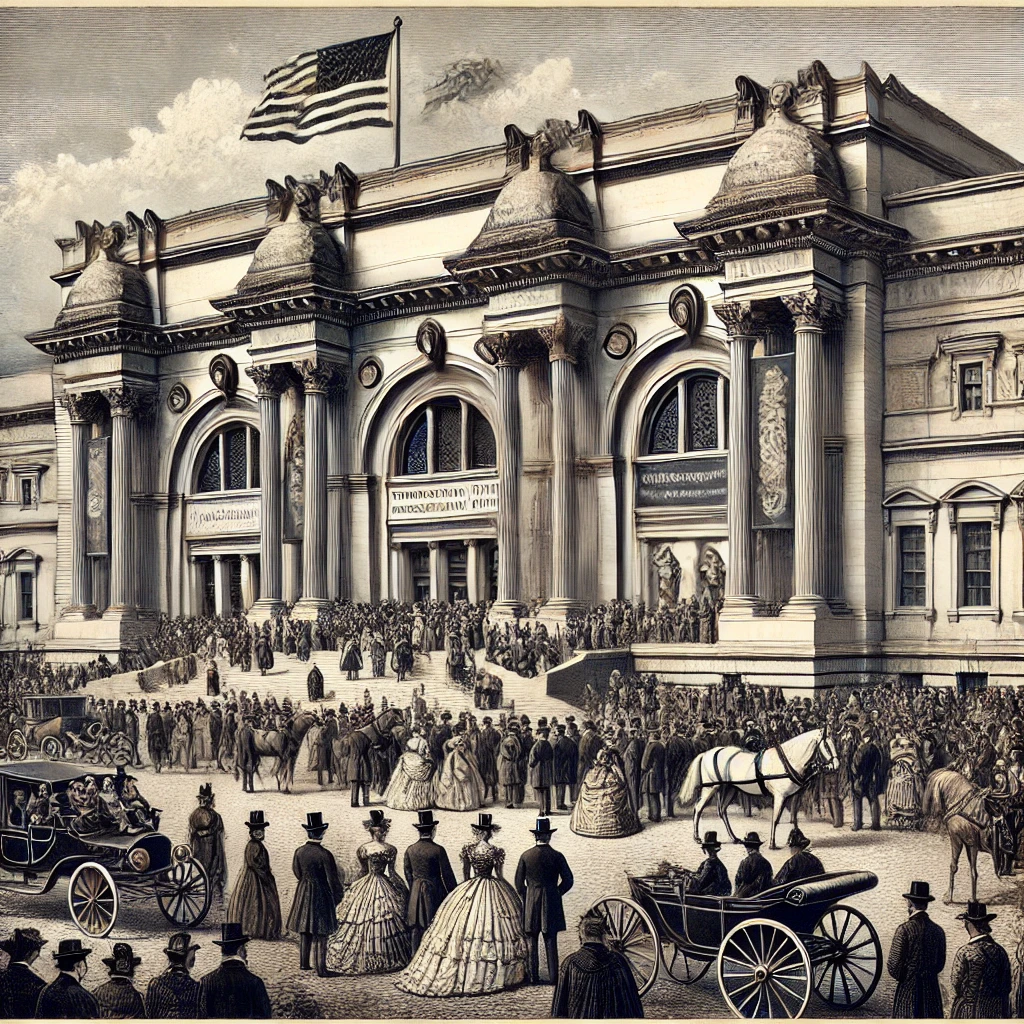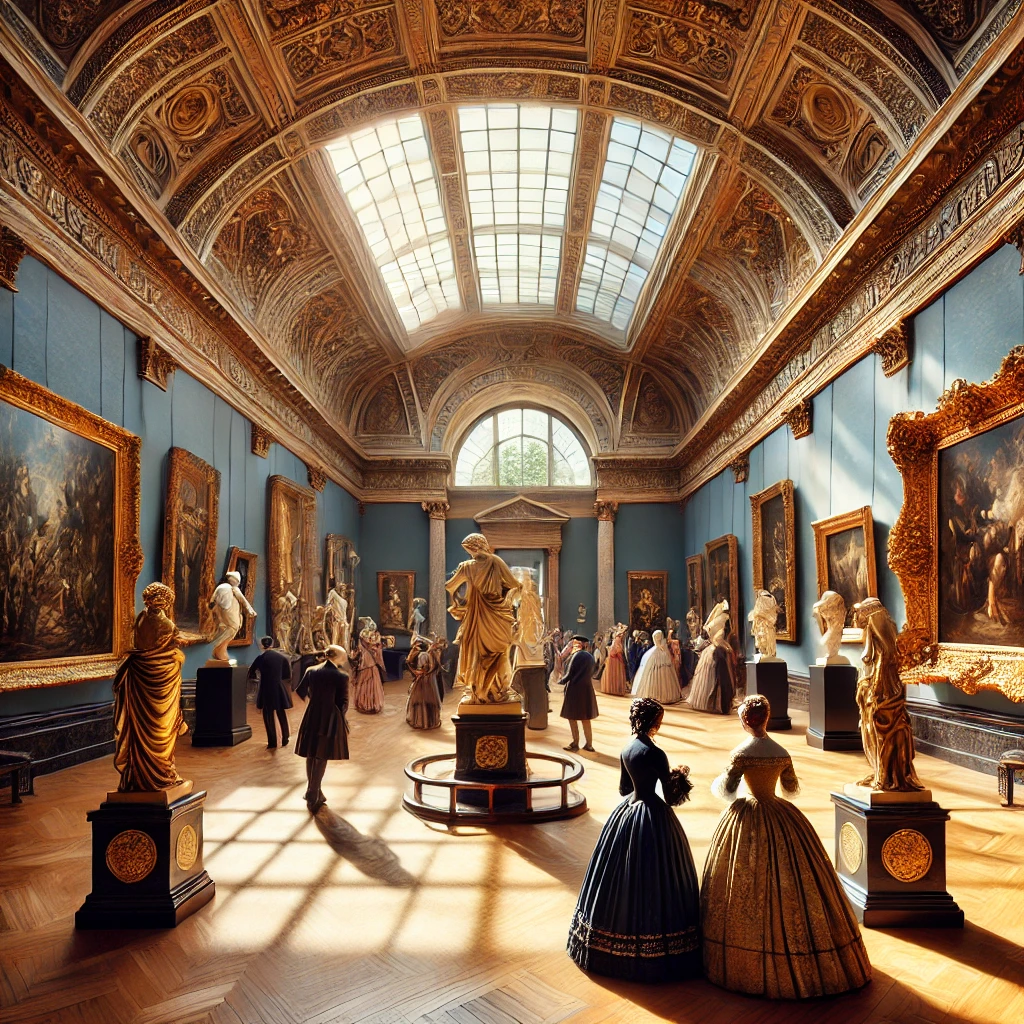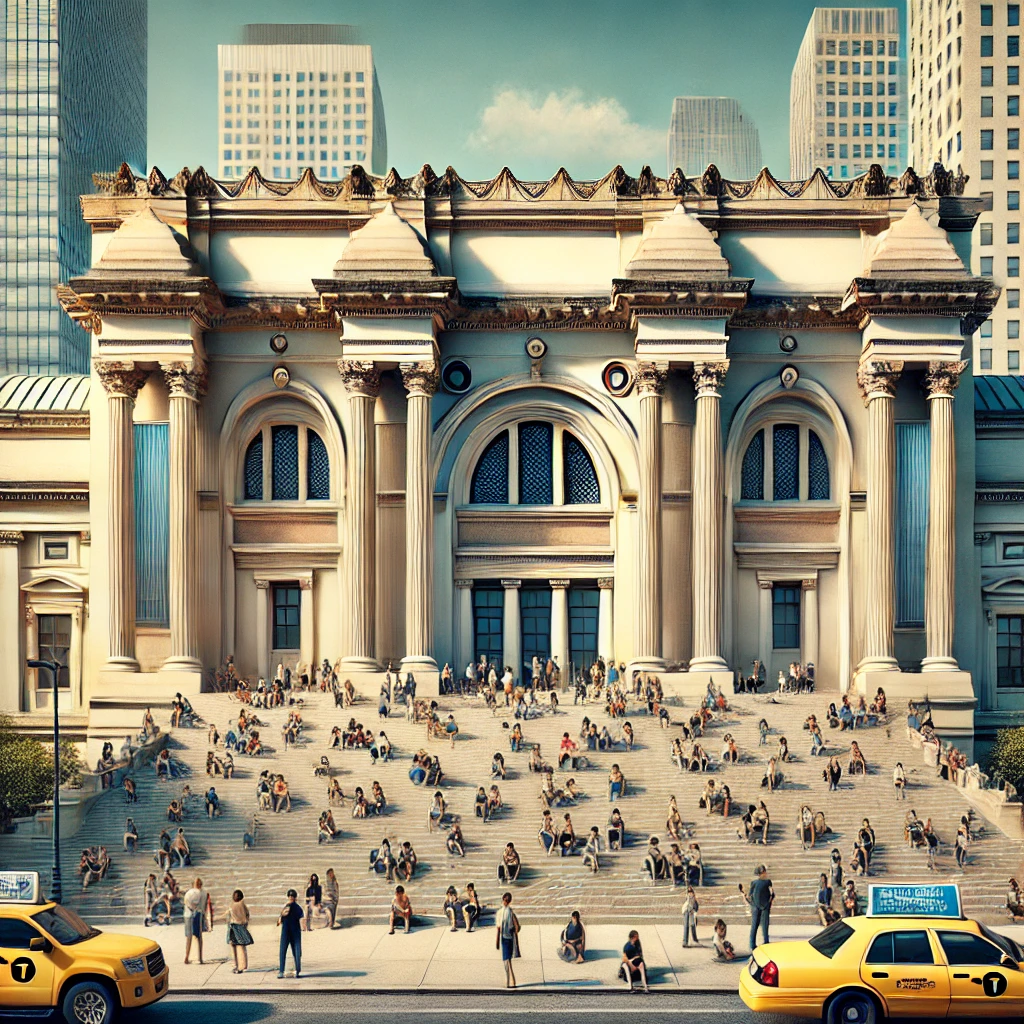A cultural landmark was born on February 20th, 1872, as the Metropolitan Museum of Art opened its doors to the public in New York City. Since its inception, the Met has become one of the world’s most renowned art museums, showcasing a vast collection spanning thousands of years of human creativity. What began as a modest gallery of European paintings has grown into a world-class institution housing over two million works of art, making it one of the largest and most comprehensive art museums in existence.

The Significance of the Met’s Founding
The establishment of the Metropolitan Museum of Art marked a turning point in America’s cultural history. Prior to its opening, the United States lacked a major art museum comparable to those in Europe. The Met’s founding signified the nation’s commitment to the arts and education, with its mission to bring art and culture to the American public. Wealthy philanthropists, scholars, and artists alike contributed to the creation of the museum, aiming to establish a space that would inspire and educate generations to come.
The Met’s early collections were sourced through generous donations and acquisitions, starting with a mere 174 paintings and several antique artifacts. Over the decades, the museum expanded its scope, adding pieces from diverse cultures, including Ancient Egypt, Greece, Rome, Africa, and Asia. This commitment to inclusivity and historical preservation solidified the Met’s reputation as a global art authority.
A Center for Artistic Excellence

As the Met grew, so did its influence in the art world. By the early 20th century, it had become a leading force in curatorial innovation, setting standards for museum practices worldwide. With its ever-expanding galleries, the museum continuously introduced groundbreaking exhibitions, from retrospectives of iconic artists to thematic explorations of civilizations long past. The Met became a crucial platform for scholarship, fostering research and dialogue on the importance of art in society.
One of the museum’s most celebrated achievements was the opening of the Egyptian Art Department in 1906, which would later house the Temple of Dendur—one of the Met’s most iconic installations. Additionally, the Costume Institute, the American Wing, and the Modern and Contemporary Art collections have further enhanced the museum’s prestige, making it a must-visit destination for art enthusiasts worldwide.
The Met’s Lasting Legacy

Today, the Metropolitan Museum of Art continues to shape the cultural landscape. Welcoming millions of visitors each year, the museum remains a cornerstone of artistic appreciation, education, and innovation. Its digital initiatives and extensive online archives ensure that art lovers across the globe can access its treasures, reinforcing its commitment to accessibility and education.
Beyond its collections, the Met plays a vital role in contemporary discourse on art and culture. Its annual Met Gala, a star-studded fundraising event, generates global attention and highlights the evolving relationship between fashion and art. Meanwhile, its conservation efforts preserve artistic heritage for future generations, ensuring that masterpieces from all corners of the world endure the test of time.
From its humble beginnings in 1872 to its status as a cultural powerhouse, the Metropolitan Museum of Art stands as a testament to the enduring power of art. Its influence stretches far beyond its grand halls on Fifth Avenue, inspiring countless individuals to explore, appreciate, and engage with the world’s artistic heritage.
